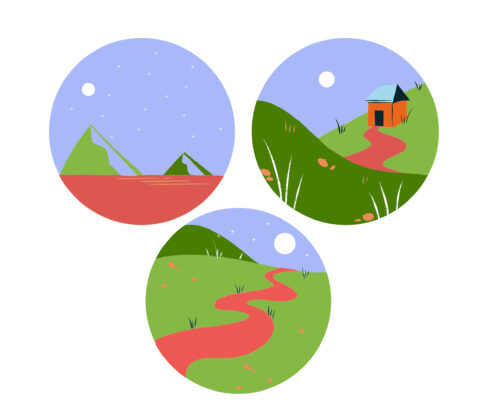
Among the Cimbrians: New Speakers
9 February 2023
Three Days of Data Collection in Luserna: Some Considerations from a (Socio-) Linguistic Perspective
2 January 2024One important consideration in measuring language vitality is the “response to new domains and media”. The adoption of new technologies can indeed potentially reverse language decline by engaging younger generations.
In this regard, we question whether and how linguistic minorities might benefit from the use of creative games like Minecraft or strategic games like Sid Meier’s Civilization. We explore how ChatGPT, a digital text generation tool, approaches this question. The responses we receive suggest that these games can stimulate:
- valorisation of minority cultures and their languages;
- creating communities and a sense of belonging among speakers of the same language;
- linguistic creativity;
- language learning;
- local and supra-local visibility of the language.
We ponder whether there is an awareness among the Cimbrian, Ladin, and Mòcheno minorities of the importance of adapting to new communication means and using the local language in new domains. The CLaM 2021 study helps us to answer this question. In one section of the questionnaire, participants are asked to mark on a scale from 1 (not at all) to 5 (completely) their degree of agreement with certain statements. Among the proposed statements, one suggests that Ladin/Cimbrian/Mòcheno is a language that can be used for video games. Overall, only 36% of Ladins, 57% of Cimbrians, and 46% of Mòchenos agree. Furthermore, disaggregating the data by age group, we observe that 70% of participants born after 2003 are either only slightly convinced or not convinced at all. Apparently, even among the younger generation, there is a noticeable skepticism about utilising computers to break free from monolingualism.
However, digitalisation in linguistic minorities may promote a renewed dialogue between generations. The Aoca Game Lab provides a good example of this. The founder, Filipe Pereira, a scholar and history teacher in Salvador, Brazil, believing that understanding one’s history and origins is crucial to comprehending the future, based his game’s narrative on historical events, local conditions, landscapes, and traditions of the backlands of Bahia, involving both older and younger generations..
Even in the Cimbrian, Ladin, and Mòcheno areas, talented young people could design digital games set in the context of their local community. Traditional lifestyles could be narrated through digital means, and arts, crafts, and working techniques could be transmitted in new ways thanks to recent technologies. The realisation of these new products would involve a very rich exchange of ideas among different generations.
Patrizia Cordin, Paula Rebecca Schreiber





